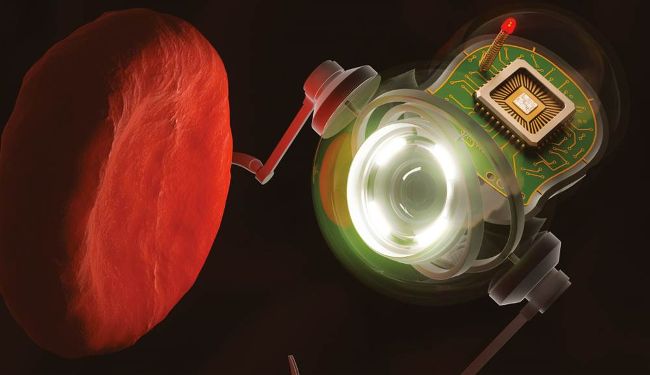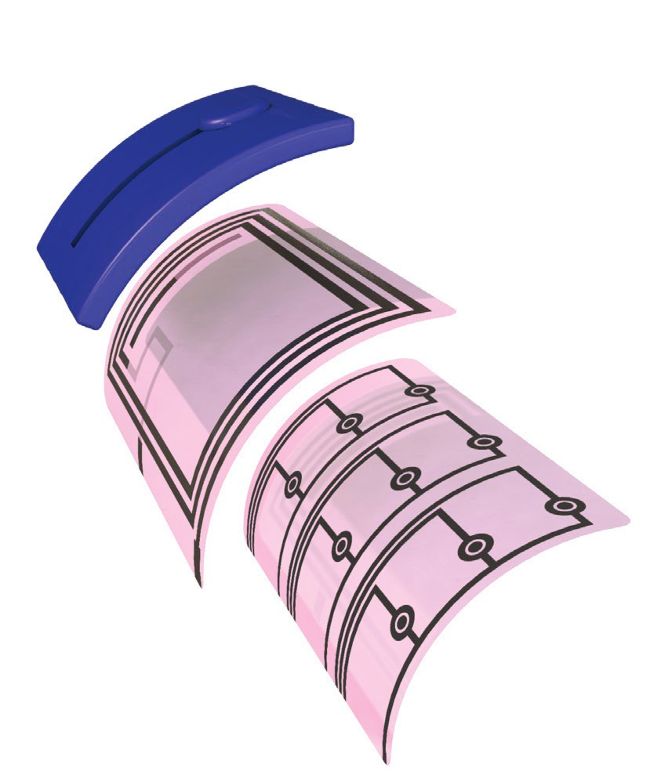AR ZONE
INTRODUCING NANOBOTS

Cell-sized robots could revolutionise medical diagnosis and treatment
Nanobots are robots on a molecular scale.
Smaller than a grain of sand, these programmable particles take inspiration from biology. Inside every living cell are tiny machines that are surprisingly like the machines we use in our everyday lives. There are pumps, motors, switches and even clocks, all working together to perform complex work in miniature. Researchers have taken inspiration from these machines to create brand-new technology from tiny component parts. Made from proteins, fat and even DNA, nanobots have the potential to perform tasks like delivering drugs, killing bacteria and inactivating toxins. Some of the most promising use a design pattern called DNA origami. Made from repeating units of genetic code, these tiny particles can self-assemble into geometric shapes. They can form hollow cubes, rod-like scaffolding and even gears. In the future, particles like these could recreate mechanical machines on a nanoscale.
Did you know?
Metal nanoparticles can kill microbes on contact
WEARABLE NANOPATCHES
Skin-mounted sensors can detect deadly gases, monitor the body or deliver life-saving drugs

1 SENSOR ARRAY Miniature sensors can detect anything from touch and temperature to chemicals in the air.